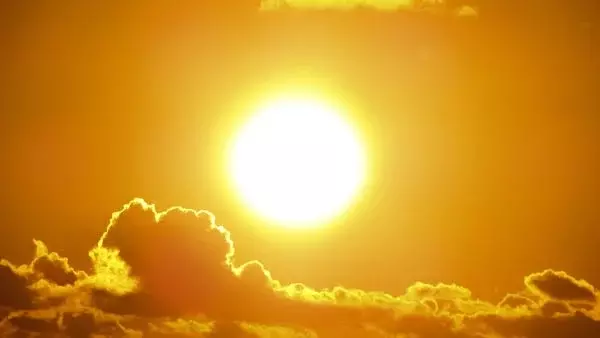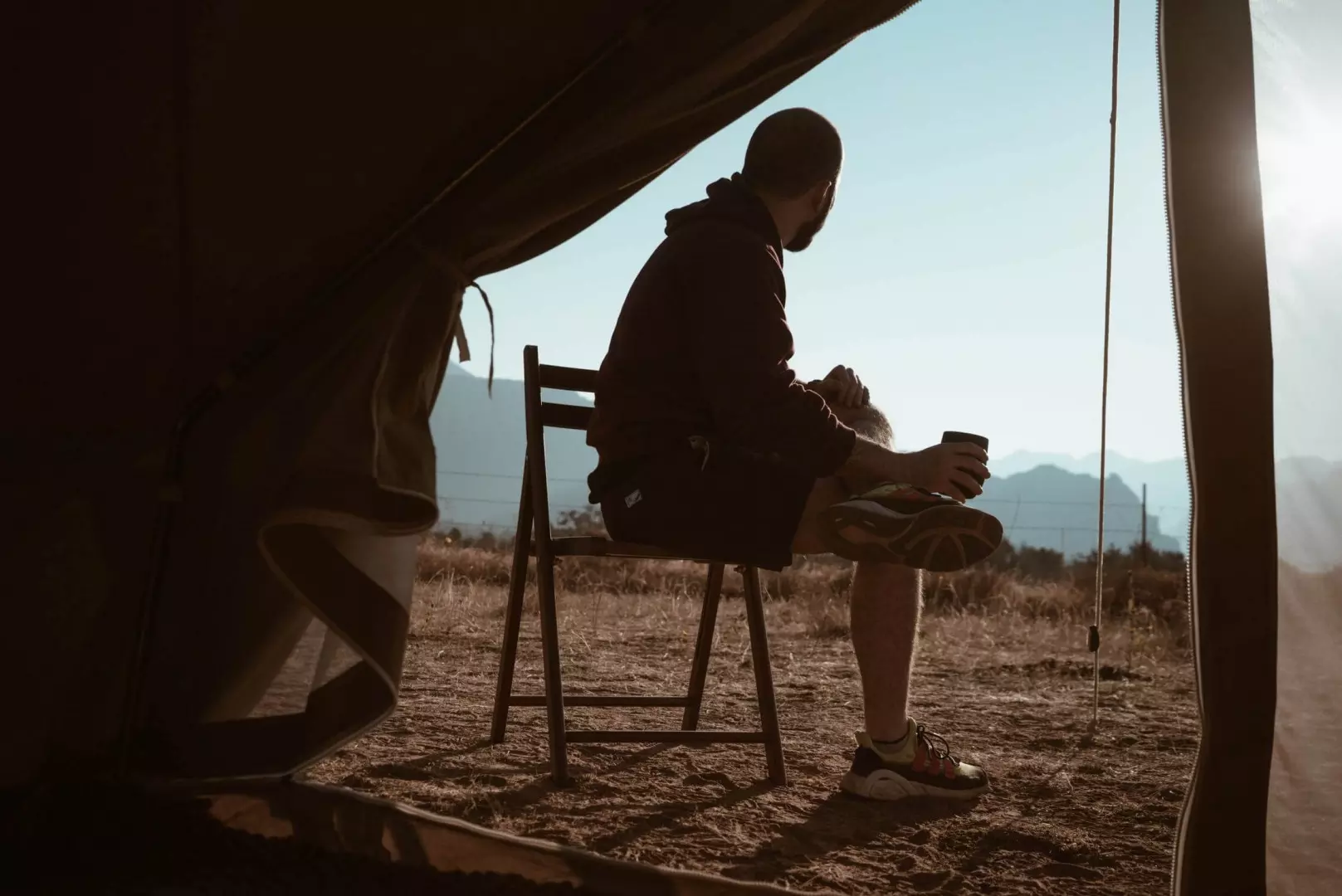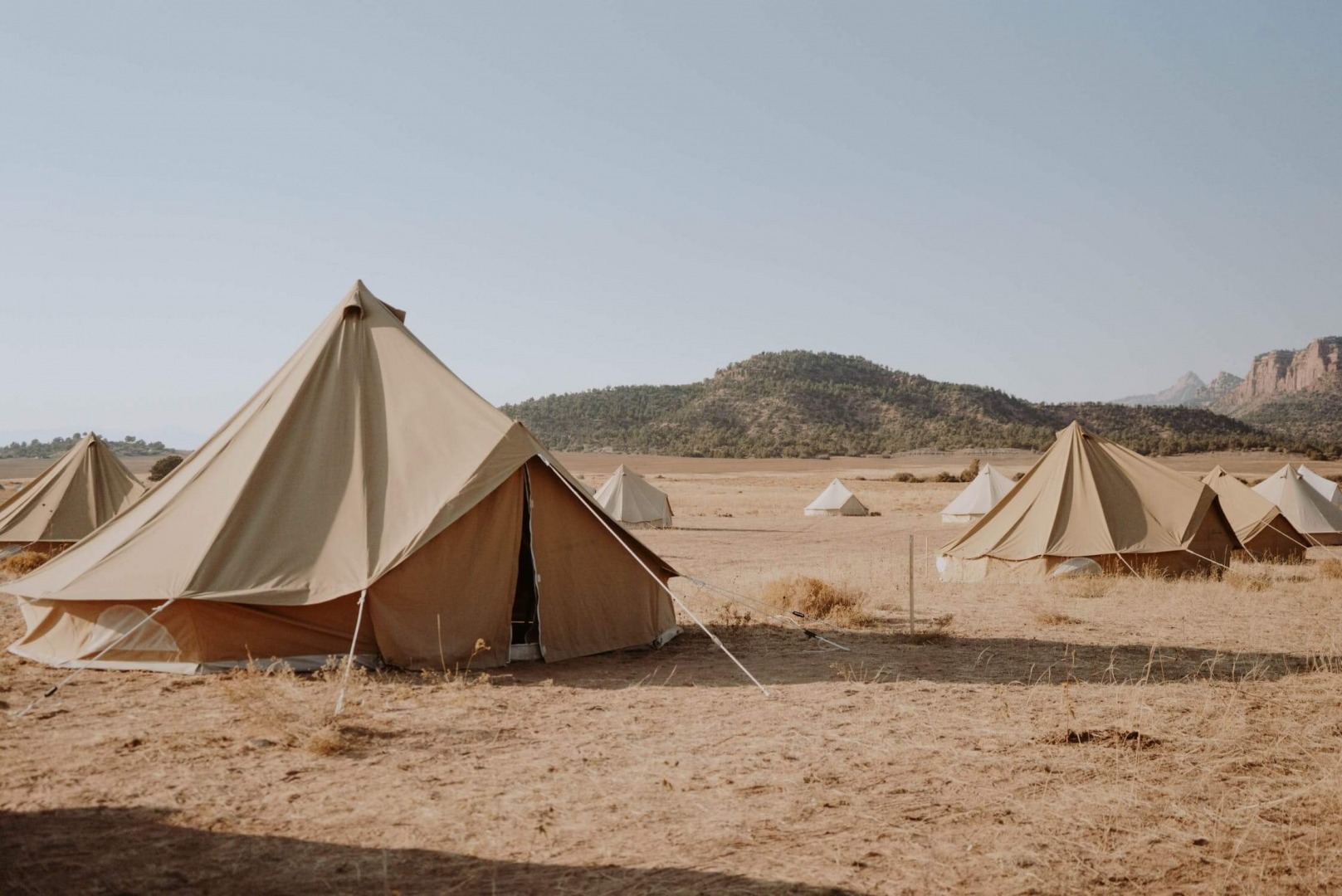Camping can be lots of fun, no matter where you choose to camp.
If you're planning to camp in a hot climate but have no idea where or how to get started, this guide is for you.
We have shared everything you may face during a hot climate outing so that you can prepare better.
Have a look around and stay safe. Here are 5 essential camping tips.
1. Be Careful of Sun Exposure

Semi-tropical and tropical climates have such intense sunshine that you can sunburn in minutes, especially if you have a fair complexion. Even if you tan easily, you can still burn in the direct sun, which is more intense in hot climates.
Always use strong sunscreen. Be aware the sun can burn even through some clothing, so apply the sunscreen to your whole body, not just your face, arms and legs.
Use an SPF factor of 30 or more; SPF 50 is even better. The higher the SPF number, the more fun in the sun you can enjoy without burning. Apply sunscreen again after taking dips in the water or after sweating. Even if you do not feel as if you need to, it is important to apply more sunscreen every two hours while in the outdoors.
2. Watch Out Insects and Wildlife
Insects and native wildlife in the area where you plan hot climate camping can also be concerns.
Mosquitoes can carry West Nile Virus, especially in woody or swampy areas. Other stinging insects are common in hot weather climates; ants, including fire ants, should be watched closely. Spiders and snakes are common as well. Read about the area where you plan to camp to know what creatures to watch for and avoid.
Moreover, it's always advisable to carry a pocket knife, should you come across any wild animal and need protection. People have reported many encounters with wild animals, and it's best to stay prepared at all times during hot climate camping.
3. Choose Your Tent, Campsite and Food Wisely
Depending on your camping equipment, you'll probably need to pick your tent, campsite and food supplies carefully. Foods that can be kept at room temperature will spoil quickly in hot climates.
Raw and cooked food must be stored in coolers or other well-sealed places to stay chilled and be safe for eating later. Seafood, meat products and anything containing eggs must be protected from the heat. Alternatively, you can buy some ready to eat meals or short MREs - you can grab these on sites like 72hours.ca.
While in a cooler climate, you might leave a cake that includes eggs in the recipe out of the refrigerator for days; this is not safe to do in hot climates. Be sure to have plenty of coolers or other ways to protect your foods from spoiling. Do not take the chance of ruining your camping trip by getting food poisoning.
4. Plan Your Activities and Use Personal Flotation Devices
If you plan water sports during your hot climate camping, you must have flotation devices, commonly called life jackets. Not only are these needed for your personal safety, but they are required by law.
Waterskiing, boating, canoeing, and even swimming in areas with tidal undertows means that safety must come first. In most areas, the law demands the use of personal flotation devices, especially for children.
If you are renting water equipment, the business where you rent the equipment may provide these devices. However, check before you arrive because you may need to bring your own or buy them before you begin enjoying your favourite water sports.
5. Prepare for Different Weather Conditions
Thunderstorms can appear in semi-tropical and tropical climates with amazing speed. Lightning strikes kill many people each year during such storms. Never stay on the beach, lake or river shore or on the water when a thunderstorm is on the horizon. You can also buy weather-proofing products at theexpertcamper.co.uk/brands/nikwax to protect and prolong the durability of your equipment.
Don't sit under trees or other tall objects. Find a safe, indoor shelter until the storm passes. When you hear the first clap of thunder, get to shelter; don't wait for the rain to arrive because lightning can strike before it even begins to rain.
Tropical storms can affect your camping site if you're along the seashore in a hot climate. If law enforcement authorities advise evacuation of your camping area, pack your gear and leave right away. The local authorities can tell you the best route for leaving the area.
Final Word

Camping in a hot climate can be fun. All you need is the right knowledge and equipment to make your outing memorable.
Follow the tips in this article, and you won't regret deciding to go camping in a hot climate location!






Leave your comments
Post comment as a guest